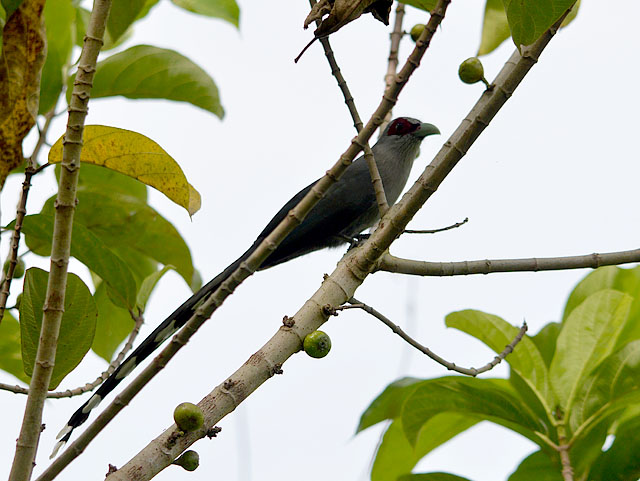The
mist started to lift when the sun finally crept up the horizon. And the reed
bed suddenly came to life with the chirping of birds. It is a known roosting
site for weavers and munias and this is where we sought out our first target of
the trip – buntings.
When
it finally got bright enough, we began our tedious search. Scanning through
hundreds of Baya Weavers and munias for something different at this light was
no easy task. Every stalk of reed probably had its own weaver swaying to and
fro according to the wind direction. And when parts of this massive
congregation took flight, it was a one big bundle of feathers.
We
gave up the search for buntings about an hour later and I took the time to
admire this little spectacle of nature. This is by far the biggest
concentration of Baya Weavers I have ever come across in my life. When one of them
wandered close to our position, the photography opportunity that was provided
did not go unappreciated. It may not be a breeding male but it still an
attractive bird.
The
reed bed did not only hold finches. Reed-Warblers find sanctuary here as well. However,
these little brown jobs are notoriously difficult to see let alone photograph.
Their calls are usually the only sign of their presence and the scarce
Manchurian Reed-Warbler was certainly present. Our moment came when one of the
warblers alighted on a pylon within the reeds and it turned out to be a
Thick-billed Warbler – another uncommon species.
The
tiny state of Perlis is the only place where this winter visitor is more regularly
recorded. I have only seen it a few times and today’s encounter was the longest
one for me so far. Obtaining an unobstructed image was difficult but I am happy
with the results today.
From
the dense reed beds, we wandered to open ploughed fields for our other target
of the day – skylarks. However, the closest we came to anything resembling a
lark were the ever abundant Paddyfield Pipits.
There
was a fair number of wagtails present today as well. Judging from our luck
today, I did not have much hope for getting my first Citrine Wagtail among the
flocks of Yellow Wagtail. But there was no harm trying and we scrutinized every
one of the wagtails. The temperature has soared to a blistering level by then
but it was nothing compared to the consecutive disappointments we had to
endure. My would-be lifer of a Citrine Wagtail will just have to wait another
day.
It
was good to see the commoner waterfowls back at the ponds. There has been a
steady increase in recent months and I hope views like a Common Moorhen lazily
paddling along the deep blue waters will become a regular feature again.
Chuping
did not really live up to its reputation as a raptor's haven today. The raptors
were around but there was no encounters that left a lasting impression except
for this female Common Kestrel resting on a rubber sampling. The heat wave was
apparent and the distance was a little too far for any chance of a good photo.
But it has been a while since I last encountered this graceful raptor at rest
and it was the only raptor moment for this trip.
It
could be too early to pass judgement but it seems like the number of Asian Pied
Starlings present nowadays are on the decrease. Although it is not officially
in the Malaysian checklist, this beautiful starling is full of character and could
always brightened up any excursion – especially a slow trip like this one.
The
Red Collared-Dove on the other hand is doing very well and flocks of up to 100
birds are getting to be a common sight.
Another
species that is doing well not only here in Chuping but throughout the country
is the Cattle Egret. This species outnumbers all the other big water birds and flocks
of these highly adaptable species can be seen moving from plot to plot in
search of food. Recently ploughed fields is its favourite along with other
variety of birds due to the easy access to their food source.
By
lunch the heat was almost unbearable and we seek greener (and cooler) pastures
elsewhere. Bukit Wang was the closest locality and we drove along the newly
paved access road for the first time. From what we can see, the level of
destruction from the ongoing construction work was not too severe and hopefully
it stays that way. As for the birds, not much was about as the heat here
offered little relieve as well. It may not have been the most rewarding of
trips to the northern frontier but that is birding. Sometimes you win and
sometime you lose. And once in a blue moon, if you are lucky enough, you might
hit the jackpot.


























































